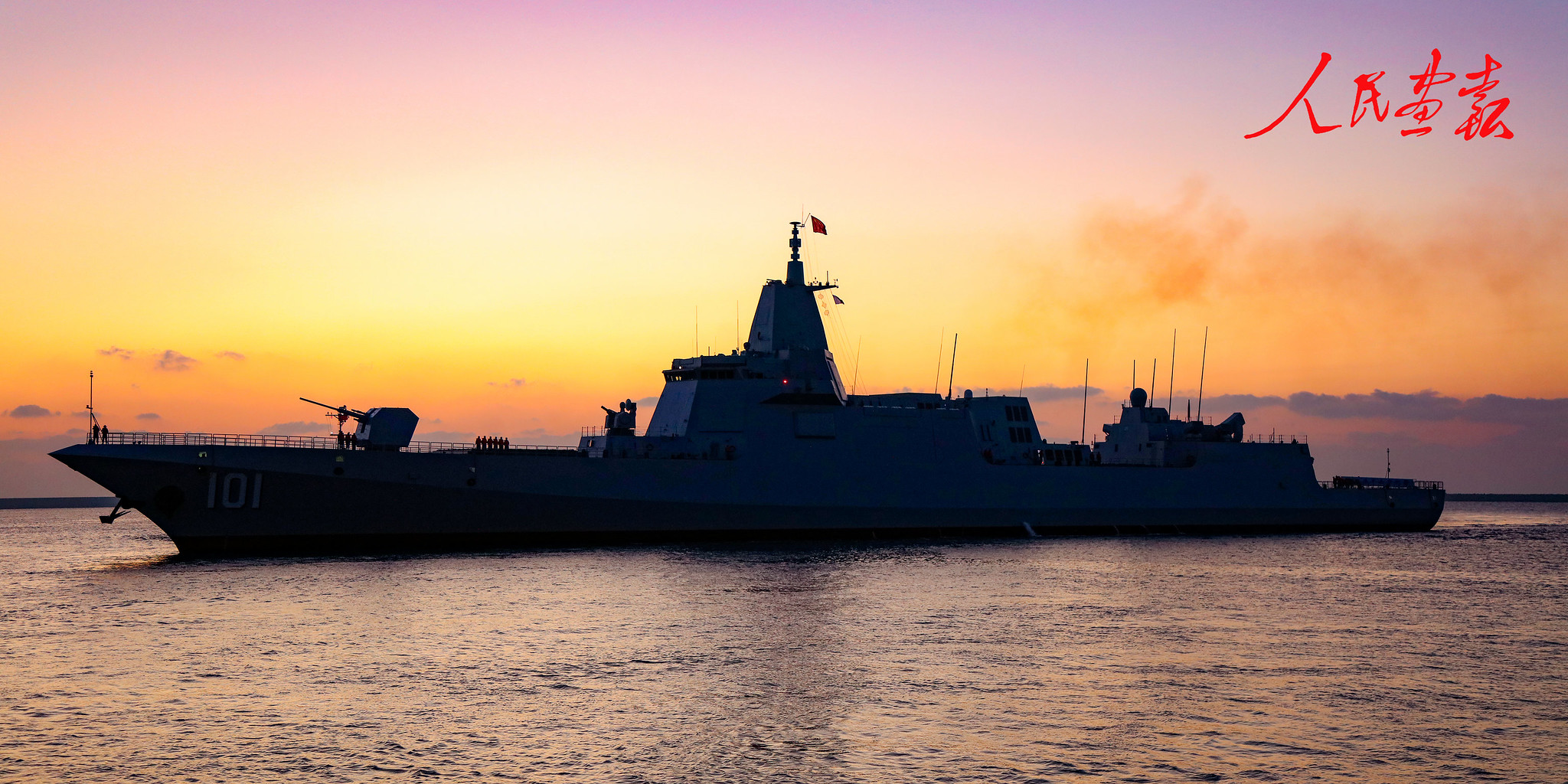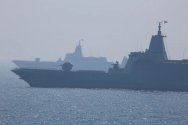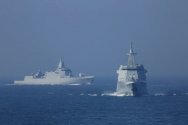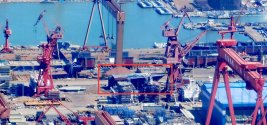The air is more dense at sea level than at higher altitudes. Therefore the air resistance (an aircraft or missile experiences) at sea level is much greater compared to higher altitudes. This is why commercial planes typically fly at 35,000 feet. Less air resistance == More fuel efficiency == Longer range. Getting back to missiles: A missile that flies at high altitudes should have longer range.
Which is something missiles can also utilize. There's nothing stopping a missile from cruising at high altitudes and then flying lower as they approach the target.
If it was up to me, I'd take longer range missiles instead of missiles that try to "fly under the radar". Besides with the advent of AEW aircraft your enemy will see you coming from 100 miles away even with sea skimming missiles. So what's the point of trying to sea skim?
Maybe I'm missing something here?
The point of sea-skimming missiles is to reduce the amount of time that is available to the defending fleet between the moment any such missiles are detected and from when they would land on the target fleet. It doesn't matter whether you use the antennas of your ship or AEWs for early warning, the geometry of the strike profiles of ballistic missiles inherently makes it possible to detect earlier in its flight phase than a ballistic missiles.
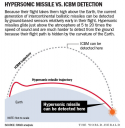
This image assumes a land-based radar suite, but ultimately the geometry works the exact same way. Jets can generally fly at heights at the low double-digits, whilst missiles have ranges that go from several hundred to several thousand kilometers. The fact that the PRC is continuing to procure cruise missiles and hypersonic glide vehicles would also indicate that they, too, see the benefit of utilizing lower flying missiles. In the context of the type 055 destroyers, it means the PLAN can base both the shorter-ranged cruise missiles aboard the ships and then use ballistic missiles fired from land to generate a far larger salvo than the ballistic missiles could do alone. Ballistic missiles are more detectable, however, and so it is to the benefit of any type 055, during salvo generation, to launch the missiles first if they want the slower and shorter-ranged but less detectable missiles to have the maximum level of efficacy.
This isn't an either/or scenario. We aren't going to wake up tomorrow to read that all of the anti-ship missile stock aboard the type 055 has been replaced with ballistic missiles. The weapons have different advantages and disadvantages and it is to both the type 055's benefit individually and for the PLA's anti-ship complex as a whole to utilize as many missile profiles as reasonably possible.
Well actually....
The damage a missile delivers to its target is based on both the energy of the explosive warhead and also the kinetic energy of the missile itself. Take for example the BrahMos missile. The surface launched version "only" has a 200 kg warhead but, it has a ramjet engine that gives it a maximum speed of Mach 3+
The kinetic energy of the missile alone would seriously damage the targeted ship.
Furthermore
KE = 1/2*m*v^2
if the velocity doubles then the kinetic Energy quadruples. This is why a fast moving AShM missile would be very dangerous.
It might have the kinetic
energy to damage a ship, but missiles really aren't built to kill targets by delivering the impact force onto them. Compared to explosives, kinetic impactors damage a very small 'spread' of material, requiring much higher accuracy if you want to effect the same amount of damage onto a target. Kinetic impactors are great if you target a tank where all of the sensitive equipment and the squishy humans are packed inside of a small box. It's much less effective when your target is a ship like the type 055 or the Burkes where most of the space aboard the vessel would just be empty space without vital equipment. Calculating the kinetic energy inside of a missile is all well and good, but when seeing how effective a missile would be it's far better to see how much of that energy could actually be put somewhere useful to effect the degradation and the destruction of the target system.
Regardless, this is a discussion that is fast-steering away from type 055 destroyers and into the discussion of missiles. One last indulgence, however.
where did you get DFs would cost a hundred million? if you meant in Yuan, I think it is about right, but definitely not in US$
I saw the 100 million figure on another forum and I assumed that the forum user looked up their numbers. Checking up again, the estimates are instead between 8 million to 20 million per unit which should be much closer to the cruise missiles that a Type 055 might decide to carry.


